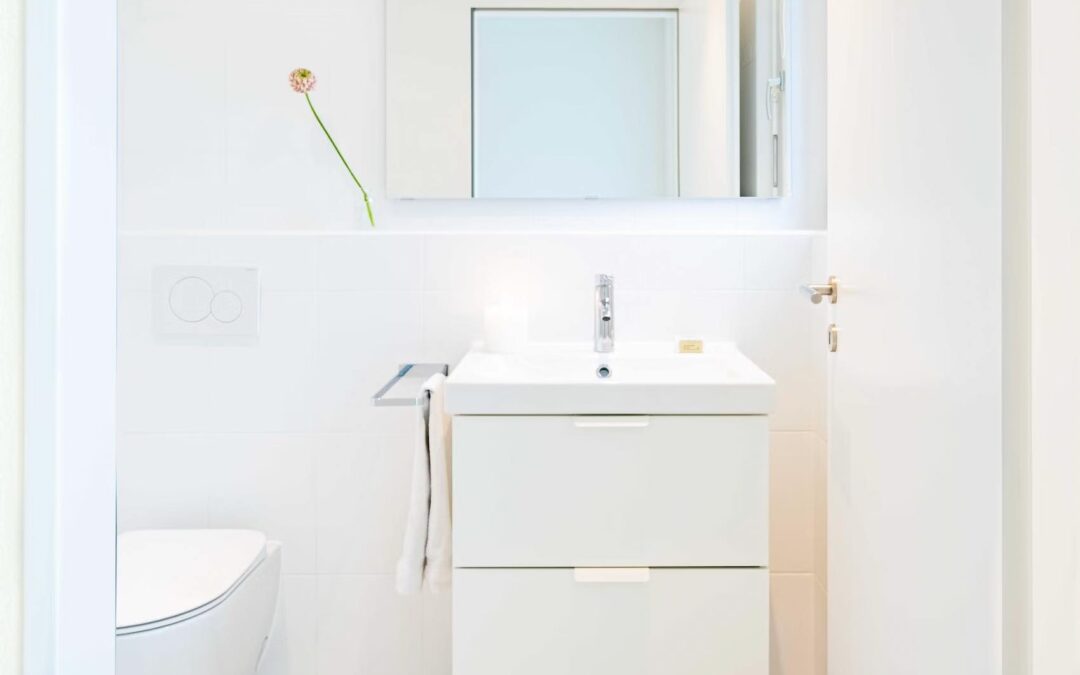Repiping a waste and overflow system is a necessary task to maintain the functionality and integrity of plumbing systems. However, when the waste and overflow pipes are located in hard-to-reach areas, the task becomes more complex and challenging. In this blog, we explore the unique difficulties that arise when repiping a waste and overflow in a hard-to-reach area and provide fresh ideas and advice to overcome these challenges effectively.
- Assessing the Accessibility: Before undertaking the repiping project, it is crucial to thoroughly assess the accessibility of the area. Determine the obstacles or constraints that may hinder the process, such as limited space, tight corners, or obstructions. By understanding the specific challenges posed by the hard-to-reach area, you can develop a strategic plan to address them.
- Utilizing Specialized Tools: When working in a hard-to-reach area, utilizing specialized tools can significantly simplify the repiping process. For example, flexible pipe materials, such as PEX (cross-linked polyethylene) pipes, are more maneuverable and can navigate tight spaces with relative ease. Additionally, tools like flexible snake cameras or remote-controlled robotic inspection cameras can provide visual assistance, allowing you to identify potential issues and plan accordingly.
- Consider Modular or Sectional Approaches: In cases where access is severely restricted, consider utilizing modular or sectional approaches to repiping. Instead of attempting to install a single, continuous pipe, break the task down into smaller sections. This allows for easier maneuverability and assembly, minimizing the challenges associated with navigating tight or cramped spaces. Modular or sectional approaches also offer the advantage of providing future accessibility for maintenance or repairs if necessary.
- Collaborate with Professional Plumbers: When dealing with hard-to-reach areas and complex repiping projects, collaborating with professional plumbers is invaluable. Their expertise and experience can offer innovative solutions tailored to your specific situation. Professional plumbers have encountered various challenging scenarios and possess the knowledge and skills to navigate them efficiently. Engaging their services ensures that the repiping project is completed correctly and with minimal disruption.
- Plan for Future Maintenance: While repiping a waste and overflow system in a hard-to-reach area, it is prudent to plan for future maintenance and repairs. Incorporate access points or strategically positioned valves to facilitate future inspections or replacements. This proactive approach ensures that any potential issues can be addressed promptly without the need for extensive demolition or additional challenges associated with hard-to-reach areas.
Conclusion
Repiping a waste and overflow system in a hard-to-reach area presents unique challenges, but with careful planning and innovative approaches, these obstacles can be overcome. By assessing accessibility, utilizing specialized tools, considering modular or sectional approaches, collaborating with professional plumbers, and planning for future maintenance, you can successfully navigate the complexities of repiping in hard-to-reach areas.
Remember, seeking the assistance of experienced professionals is essential to ensure a successful and efficient repiping project. With the right strategies in place, you can restore the functionality and reliability of your waste and overflow system, regardless of the challenges presented by the location.

